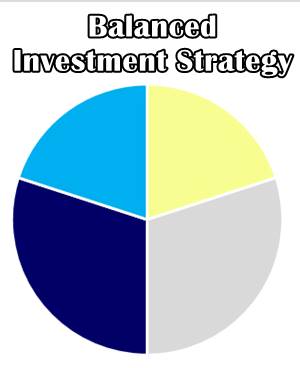
Table of Contents
Halloween Strategy
What is the Halloween Strategy?
Also known as the Halloween indicator or the Halloween effect; the Halloween strategy is a Market-timing strategy that is based on the theory that stocks perform well between October 31 and May 1 in comparison to anywhere from May to October.

According to this theory, it is sensible to purchase stocks in November, keep them held throughout the months of winter and then sell them off in April while continuing the investment in other classes of assets from May to October.
Also, some of the investors who follow this strategy recommend not to invest anywhere during the summer.
Explaining the Halloween Strategy
The Halloween strategy is somehow associated with the oft-repeated advice to sell during the month of May and then go away. It is to keep in mind that certain variations of this strategy have been around for some time now.
The axiom, often coined in the financial media, is being repeated since almost two centuries and the longer version was some sort of variation of these words: Sell in May, go away, come again St. Leger’s Day.
Talk to our investment specialist
Most of the people believe that the idea of abandoning stocks in the month of May every year was originated in the United Kingdom. There, the privileged group would leave London and go to country estates to spend summer, thus, ignoring their portfolios of investment, only to get back in September.
The ones who follow this notion would expect it to be common for traders, salesmen, equity analysts, brokers and others in the community of investment to leave metropolitan financial centres during summers to support oases, like Nantucket in Massachusetts, Hamptons in New York, and others.
However, Ben Jacobsen and Sven Bouman, in their American Economic Review published paper, carefully studied the stocks’ performance during the time from November to April and called this the Halloween Indicator.
As per their observation, an investor who may make use of the Halloween strategy to be completely invested for a period of six months and stay out of the market for the remaining six months of the year will hypothetically reap the best part of their annual return.
However, their exposure will remain just half in comparison to somebody who would invest in stocks all throughout the year.
All efforts have been made to ensure the information provided here is accurate. However, no guarantees are made regarding correctness of data. Please verify with scheme information document before making any investment.











